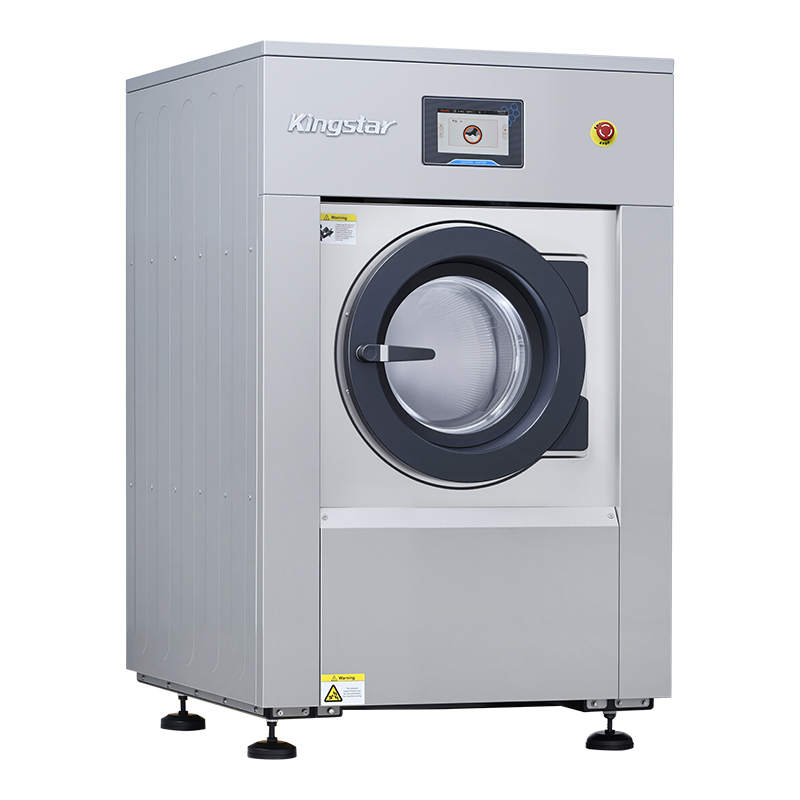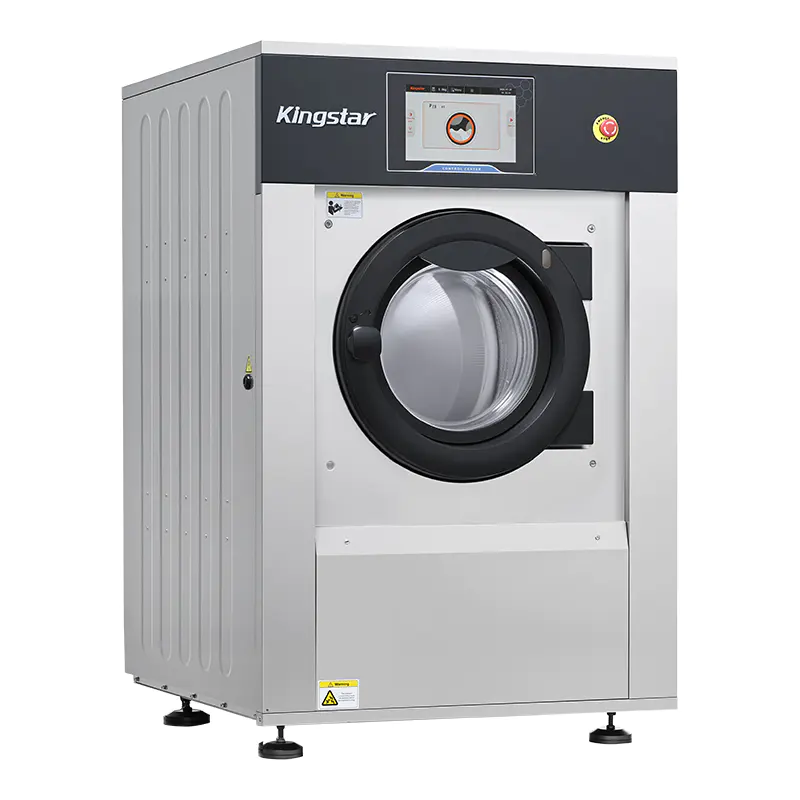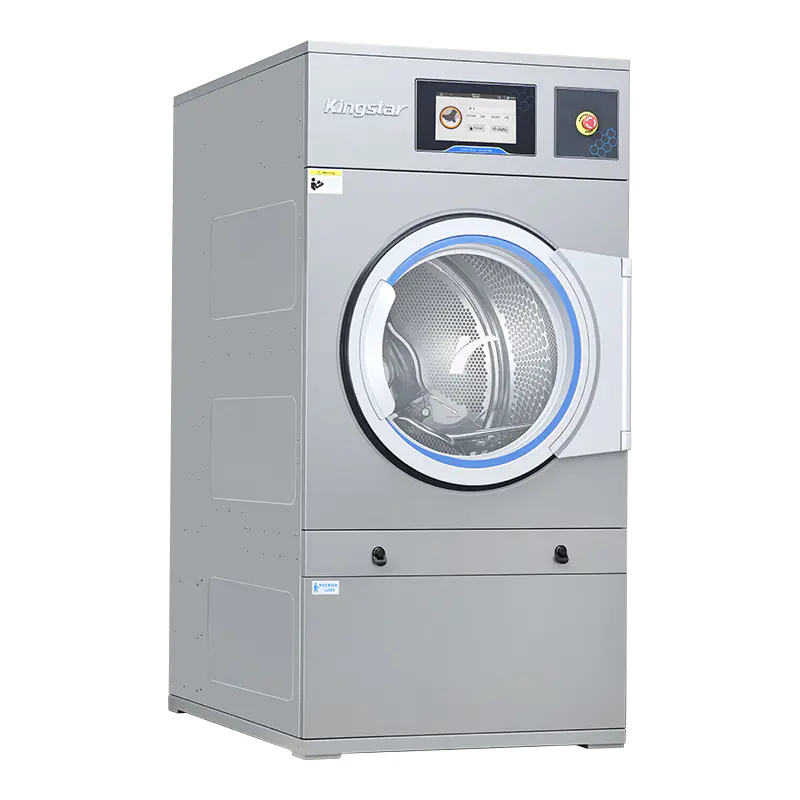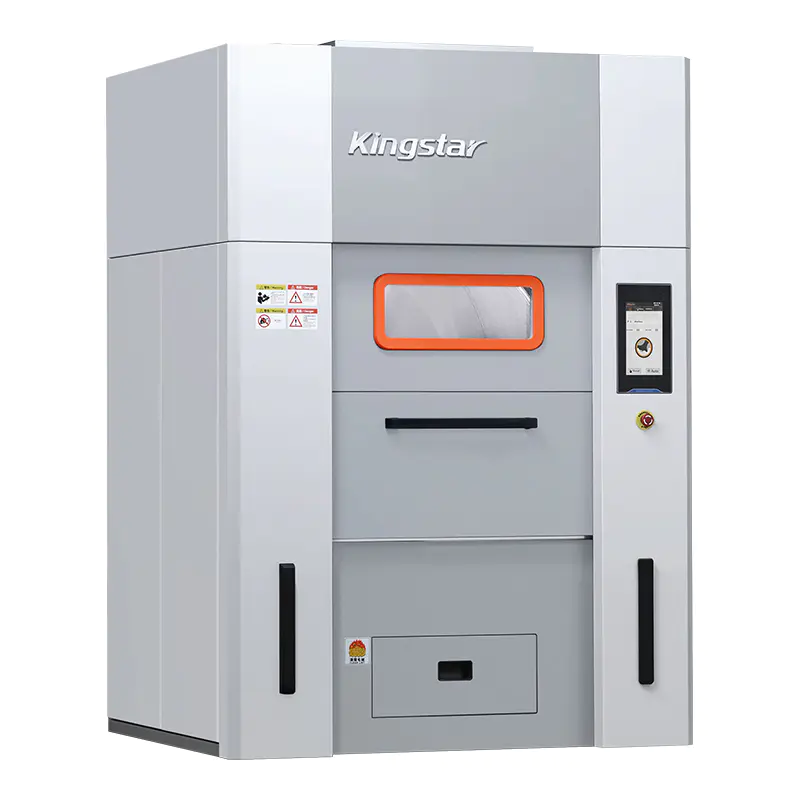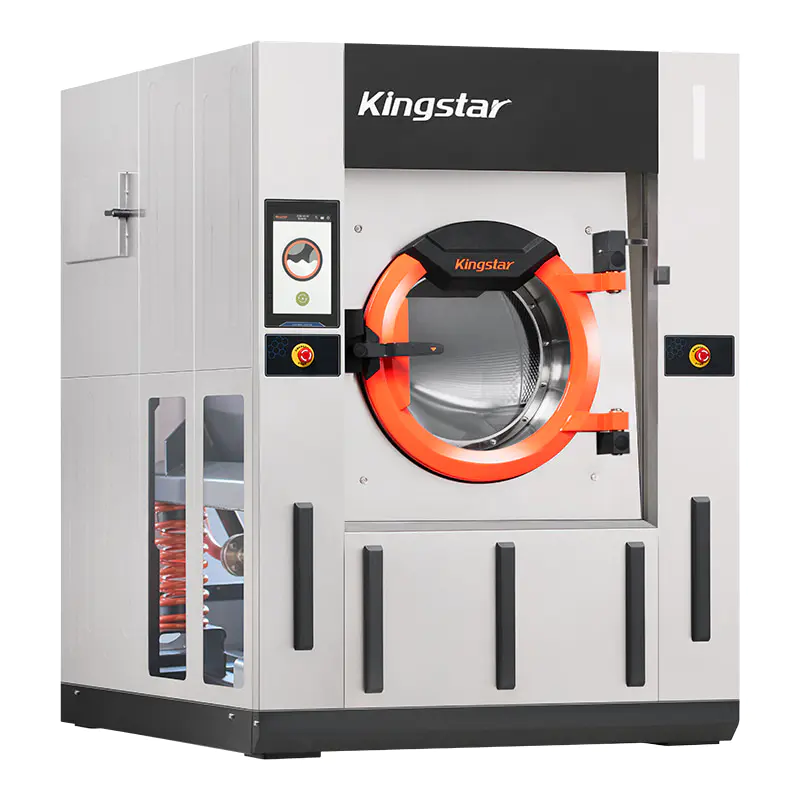
How well do industrial laundry machines perform when processing large quantities of clothing?
Industrial Laundry Equipment and Its Role in Large-Scale Clothing Processing
Industrial laundry equipment plays a crucial role in efficiently managing large volumes of laundry in commercial and institutional settings. These machines are designed to handle substantial loads of clothing, linens, and other textiles while maintaining consistent washing quality. Industrial washing machines vary in capacity, from smaller 20kg washing machines suitable for medium-scale operations to larger 50kg washing machines used in high-demand facilities such as hotels, hospitals, and laundromats. The primary goal of these machines is to combine washing performance with durability, allowing facilities to maintain operational efficiency over time.
Performance of Industrial Washing Machines in Handling Large Loads
Industrial washing machines are engineered to handle heavy and continuous usage. When processing large quantities of clothing, they ensure that garments are thoroughly cleaned through optimized water circulation, detergent distribution, and mechanical action. For instance, a 20kg washing machine can handle moderate loads efficiently without causing excessive wear on fabrics, while a 50kg washing machine is suited for bulk laundry operations, maintaining consistent washing performance even under heavy usage. The performance of these machines also relies on their ability to maintain temperature control, spin speed, and wash cycle customization, which helps in achieving consistent results across different types of fabrics.
Efficiency and Energy Use of Large-Capacity Washers
Industrial laundry equipment is often evaluated based on energy efficiency and water consumption. Larger machines such as 50kg washing machines typically incorporate advanced features to optimize resource use, including programmable cycles, load sensing technology, and water recycling systems. These features help facilities process large volumes of clothing without disproportionately increasing operational costs. Meanwhile, smaller machines like 20kg washing machines offer energy efficiency suitable for facilities with moderate laundry loads, balancing washing performance and operational sustainability.
Durability and Maintenance Considerations
The durability of industrial washing machines is an essential factor in large-scale laundry operations. Continuous operation and high load capacity demand machines that are resistant to mechanical stress and corrosion. Regular maintenance, including inspection of drum bearings, water inlet valves, and control systems, ensures consistent performance. Industrial laundry equipment is designed to withstand frequent usage, and proper maintenance routines help prevent breakdowns, extending the service life of both 20kg washing machines and 50kg washing machines. Additionally, maintenance schedules are typically easier to follow in machines that are modular and allow for accessible component replacement.
Impact on Laundry Processing Time
Processing large quantities of clothing efficiently requires machines that can handle substantial loads without significantly increasing cycle time. Industrial washing machines, especially 50kg washing machines, are designed to reduce the number of separate loads needed for high-volume laundry operations. By allowing bulk washing, these machines decrease labor requirements and improve overall workflow. Smaller industrial washing machines like 20kg units can also contribute to time efficiency in facilities where moderate loads are common, as they can be operated simultaneously or sequentially to manage workflow demands.
Quality of Wash Results Across Different Load Sizes
The quality of washing in industrial laundry equipment is affected by load size, machine design, and washing programs. Both 20kg washing machines and 50kg washing machines are equipped with programmable cycles that allow adjustment of washing parameters for different fabric types and soil levels. Proper load distribution and adherence to recommended capacities ensure that clothing is cleaned effectively and gently, reducing the risk of damage to textiles. The uniformity of wash results is maintained through even water distribution, controlled agitation, and efficient rinsing processes in these machines.
Operational Costs and Cost Efficiency
Industrial laundry equipment influences operational costs in large-scale clothing processing. While 50kg washing machines have higher initial investment costs, they can process more laundry per cycle, which may reduce overall labor and energy expenses. On the other hand, 20kg washing machines offer cost efficiency in smaller operations or when multiple smaller loads are required. Understanding the balance between capacity, energy consumption, and maintenance costs helps facilities optimize their investment in industrial washing machines and achieve predictable operating expenses over time.
Comparison of Different Industrial Washing Machine Capacities
Capacity is a key factor in selecting industrial laundry equipment. The following table summarizes the main differences between 20kg and 50kg washing machines in terms of capacity, typical usage, and operational considerations.
| Machine Capacity | Typical Usage | Operational Considerations |
|---|---|---|
| 20kg Washing Machine | Medium-scale laundry, moderate volume facilities | Lower energy and water consumption, suitable for smaller loads, flexible installation options |
| 50kg Washing Machine | High-demand laundry operations, bulk washing | Higher initial investment, reduced cycle frequency for large volumes, optimized resource use |
 |
 |
Adaptability to Different Fabric Types
Industrial laundry equipment must accommodate various fabric types and clothing materials. Both 20kg and 50kg washing machines offer programs to handle delicate, heavy, and mixed loads, allowing facilities to process a wide range of clothing items without compromising cleaning efficiency. Adjustable washing parameters, including water temperature, spin speed, and cycle duration, enable these machines to meet diverse operational requirements. This adaptability ensures that large quantities of clothing can be processed in a single operation while preserving the integrity of fabrics.
Integration with Laundry Facility Workflow
Effective integration of industrial washing machines into a laundry facility's workflow enhances overall productivity. 50kg washing machines are particularly beneficial in facilities with continuous high-volume laundry, allowing for streamlined load processing and reduced downtime. Smaller 20kg washing machines can complement larger units or serve facilities with variable laundry volumes, offering operational flexibility. The design of these machines often includes features such as programmable controls, automatic dosing systems, and connectivity to centralized management systems, supporting efficient laundry processing in large-scale operations.
Safety and Compliance Considerations
Industrial laundry equipment must adhere to safety standards and operational regulations. Both 20kg and 50kg washing machines are designed with safety features such as emergency stop functions, temperature control, and protective enclosures to minimize operational risks. Compliance with electrical, mechanical, and chemical safety regulations is essential, especially in facilities that handle large quantities of clothing. Regular inspections and adherence to safety protocols help ensure that industrial washing machines perform reliably while maintaining a safe working environment.
ADD:No.388 Xinggang Road, Chongchuan District, Nantong City, 226000, Jiangsu Province, China.
-
Phone: +86-13917089379
-
Tel:+86-13917089379
-
Fax:+86-0513-85663366
-
E-mail:[email protected]
